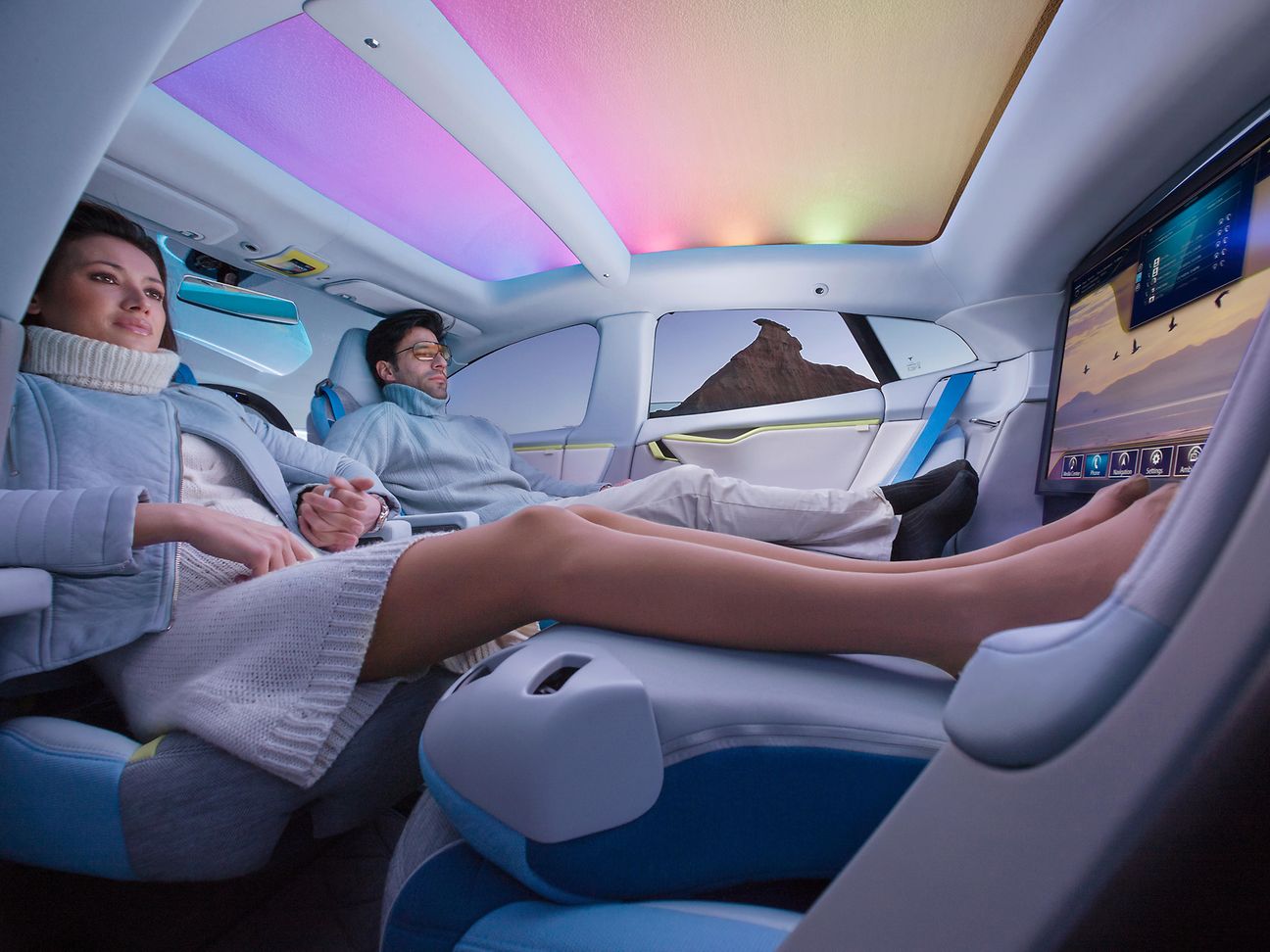

Without fast mobile connections connected driving isn't possible – to say nothing of self-driving cars. How data can be transported reliably in real time.
Thinking proactively and peeking around the corner? Homo sapiens often find this difficult, but modern assistance systems in cars have to be able to do so reliably, to make connected driving safe. But even with sensors or direct wireless connections to close-by vehicles and traffic lights, a modern car can only see a few hundred meters ahead. Not enough to start braking to respond to the traffic jam around the next curve in time, for example. The faster vehicles are moving, the larger their communications radius has to be. This is only possible through mobile communications technology. The critical security and safety features in cars set a high bar for the communications network, however: the required data has to flow reliably and in real time. Real time means the data must be sent from A to B in just a few milliseconds.
Well positioned
The current LTE network is already well positioned – with top speeds of up to 300 megabits per second and latency well below 100 milliseconds. The challenge lies elsewhere: Infotainment services like video streaming via a hotspot in the car’s interior, for example, consume data voraciously. Such services compete with partially automated driving functions for network capacity. When over-the-air data transmission capacity is exhausted, safety-critical information can get caught in a traffic jam on the information superhighway.
Turbocharger for the mobile network
One promising solution for this is mobile edge computing technology. It processes data in small data centers that are located close to the roads instead of far away. During an initial test run on the A9 autobahn between Nuremberg and Munich, latencies of less than 20 milliseconds were achieved – a period so short that it would allow a vehicle moving at 100 km/h to cover only 60 cm.
Speeding up data transfer
The new 5G wireless standard is another possibility for speeding up data transfer. It will enable the transfer of information for connected driving at a defined quality level and extremely high speed – thanks to virtual network slicing, which guarantees specific parameters such as latency, packet loss, and jitter. Infotainment services will use a different network slice that will not interfere with the autonomous driving functions.
Enable safe autonomous driving
When vehicles need to communicate directly with one another, the LTE-Vehicular standard can help: LTE-V transmits data more reliably, and with greater transmission capacity, than a Wi-Fi link. After all, vehicles have to be able to communicate wirelessly directly with their environment and see into the distance to enable safe semi-autonomous or autonomous driving.

